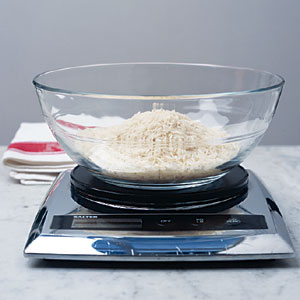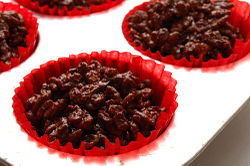Trial and improvement seems to be a bit of a marmite topic. You get it or you don’t! It’s a bit abstract, has scary algebra and those little numbers floating in the air – what are they about then?
Practical trial and improvement
Try doing T&I using a more practical/visual approach.
Equipment
Scales
Jug or bowl
Rice or other dried pulse
A big spoon
A medium spoon
A small spoon
(In fact as many different sizes as you want)
Task
Tell the group you want a precise amount of rice in the jug eg 246g.
They can only use the spoons provided. Each spoon must be full – no half measures.
1. Ask a pupil to estimate what they think 246g is, without looking at the scale.
2. Using the big spoon, pupils try to get as close as they can by adding/subtracting spoonfuls. When they cannot get any closer, change to the medium spoon.
3. Repeat the previous step with the medium spoon.
4. Repeat the previous step with the small spoon.
(If you have smaller spoons, just keep going)
The Maths Bit
Each step in the process is equivalent to a step in the process of T&I.
1. Initial estimate of the solution
2. Narrowing to the nearest 10
3. Narrowing to the nearest whole number
4. Narrowing to the nearest 0.1
(More spoons, more decimal places)
This activity isn’t designed to help with substitution, but it does get across the concept of why you do each stage. It is a good memory aid too. Now when I revisit T&I and get the usual blank looks of ‘Seriously Miss, we have never done this before’ I just mention the rice measuring lesson and a series of little lightbulbs go on.


